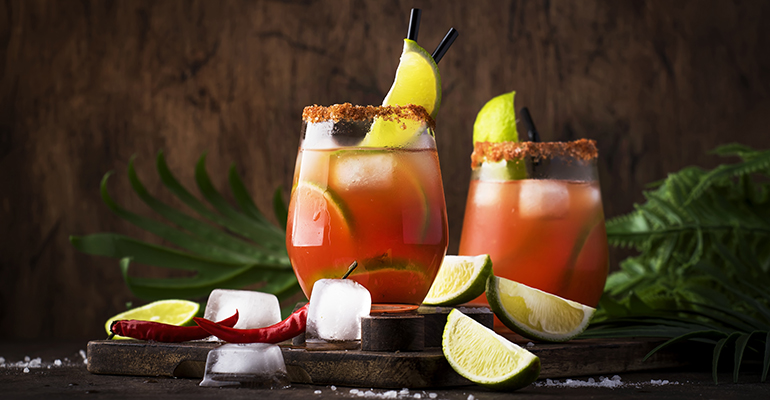News
Ethnic Hispanic flavours increase in US food and beverage
21 Feb 2022Over the last 30 years, the distribution of buying power in the US has shifted, and the Hispanic population has expanded particularly quickly becoming the largest minority market and influencing food and beverage offerings.
As Hispanic buying power has ratcheted up from 5% of the total population's buying power in 1990 to 11.1% of the total buying power in 2020, the market for authentic Hispanic food has also grown. Major manufacturers across the country are now acquiring or launching their own lines of food and beverage offerings that incorporate flavours that, until recently, were more prevalent south of the border rather than within the continental United States.

The last several years have also seen a change in the overall consumer acceptance of ethnic flavours. According to a study from Technomic, one-third of consumers eat ethnic fare at least once a week, and 32% are willing to pay extra for authentic flavours. Due to the increasing Hispanic population, demand for tastes from Latina regions has expanded, and now the Hispanic and Southwest food segment is worth $20 billion. Such expanding American palates have prompted companies to invest in new spices and flavour combinations.
Several years ago, Conagra acquired the Mexican food company Frontera, the plant-based frozen food manufacturer. This year, Tattooed Chef bought New Mexico Food Distributors, Inc. and Karsten Tortilla Factory. And last year, Goya invested $80 million to expand its manufacturing capabilities and meet the demand for its products. Even the bar maker Kind has stepped into the fray and recently launched a new brand called Somos that offers an array of products that stem from authentically Mexican recipes with ingredients sourced from local Mexican family farms.
As Hispanic foods become increasingly popular, authenticity is the next consideration for manufacturers. According to the Technomic study, of the 87% of consumers that seek out ethnic flavors, 44% want completely authentic fare. As consumers continue to eat at home more frequently than prior to the onset of the pandemic, true Hispanic flavors are unlikely to disappear from the flavor landscape.
